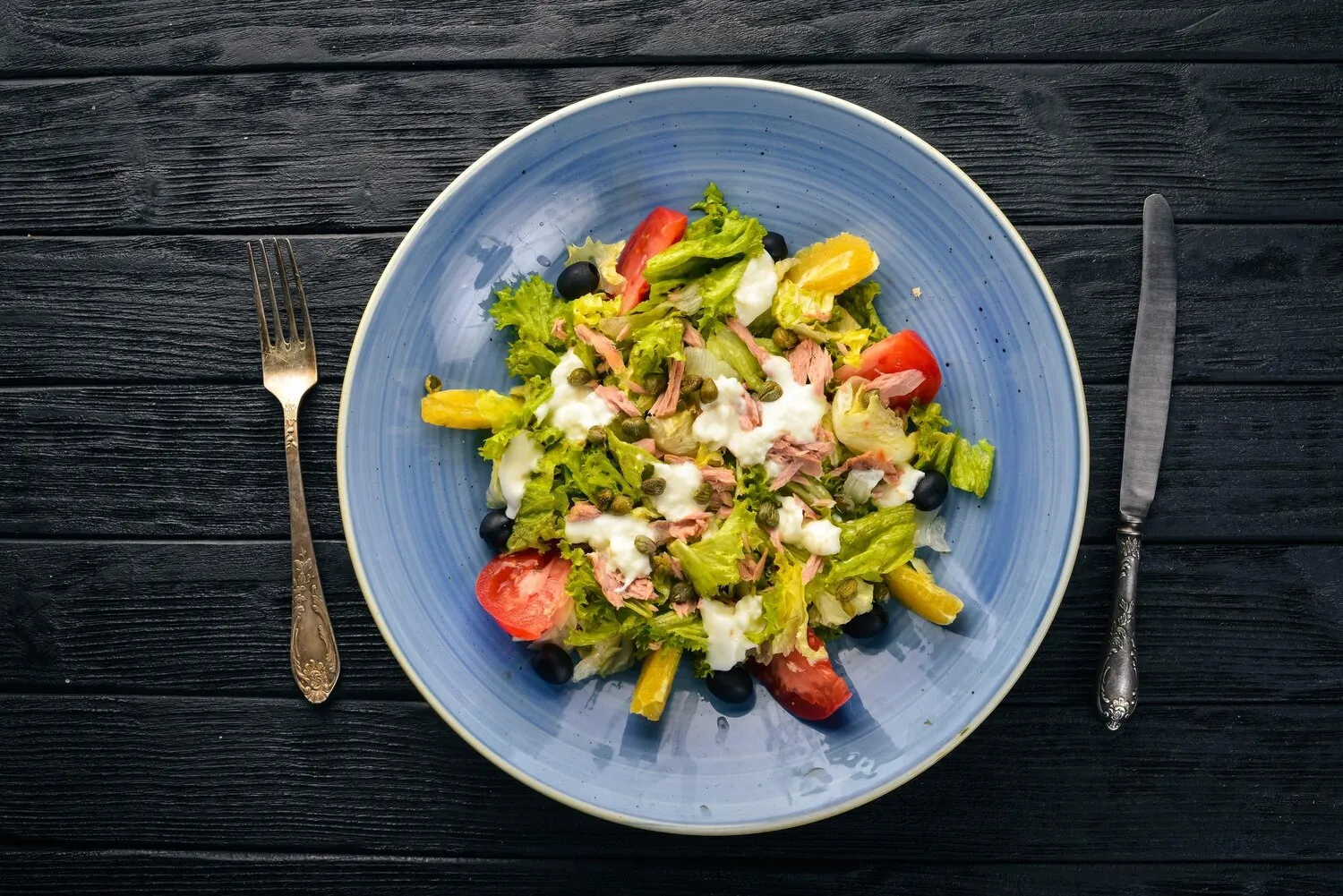
Composed Salads (Specific Menu Items)
Elsalad offers a selection of pre-designed salads with specific ingredients. While the exact names may vary based on availability, expect options with chicken, tuna, vegetables, and various dressings.
Nutrition Facts
* The % Daily Value (DV) tells you how much a nutrient in a serving of food contributes to a daily diet. 2,000 calories a day is used for general nutrition advice.
Composed salads have a long history, evolving from simple combinations of fresh ingredients to elaborate dishes showcasing culinary artistry. Their development reflects changing tastes, availability of ingredients, and culinary techniques across different cultures. From ancient Roman vegetable medleys to elaborate Victorian-era salads, the concept of a carefully arranged and dressed salad has been a constant in gastronomy.
Composed salads are often associated with healthy eating and light meals, making them a popular choice for lunch or a light dinner. They are also a common offering at social gatherings and picnics due to their versatility and ease of preparation.
Health and Wellness
Composed salads are widely perceived as a healthy option, incorporating various nutrients from vegetables, proteins, and healthy fats. They align with modern dietary trends focused on balanced nutrition.
Convenience and Versatility
Their convenience and adaptability make them suitable for various occasions, from quick weekday lunches to potlucks and parties. They cater to diverse dietary needs and preferences by offering a wide range of ingredients.
Culinary Creativity
Composed salads allow for significant culinary creativity, encouraging chefs and home cooks to experiment with different ingredients, flavors, and presentation styles. This fosters innovation in salad preparation.
Composed salads offer a harmonious blend of textures and tastes, balanced by a flavorful dressing that unites the diverse ingredients.
Flavors depend heavily on the specific composition. Chicken salads offer savory and often creamy elements, while tuna salads provide briny and rich tastes. Vegetable salads lean towards fresh, crisp, and sometimes tangy profiles. Dressings play a crucial role, ranging from vinaigrettes (providing acidity and lightness) to creamy dressings (adding richness and body). Common flavor profiles include: Savory (chicken, tuna), Fresh (vegetables), Tangy (vinaigrettes), Creamy (mayonnaise-based dressings), Herbaceous (fresh herbs).
Ingredient Quality
Use the freshest, highest-quality ingredients available. Fresh produce enhances the flavor and texture of the salad.
Ingredient Preparation
Ensure all ingredients are properly washed, dried, and cut into appropriate sizes for easy eating and visual appeal.
Dressing Application
Dress the salad just before serving to prevent wilting. Toss gently to coat all ingredients evenly, avoiding over-dressing.
Layering for Texture and Visual Appeal
Consider layering ingredients to create a visually appealing and texturally balanced salad. Alternate soft and crunchy elements for a satisfying eating experience.
Explore additional Salad dishes and restaurants
Explore SaladDiscover top dining spots and culinary experiences in Genève.
Explore GenèveLearn more about the food culture, restaurant scene, and culinary heritage of Switzerland.
Explore Switzerland